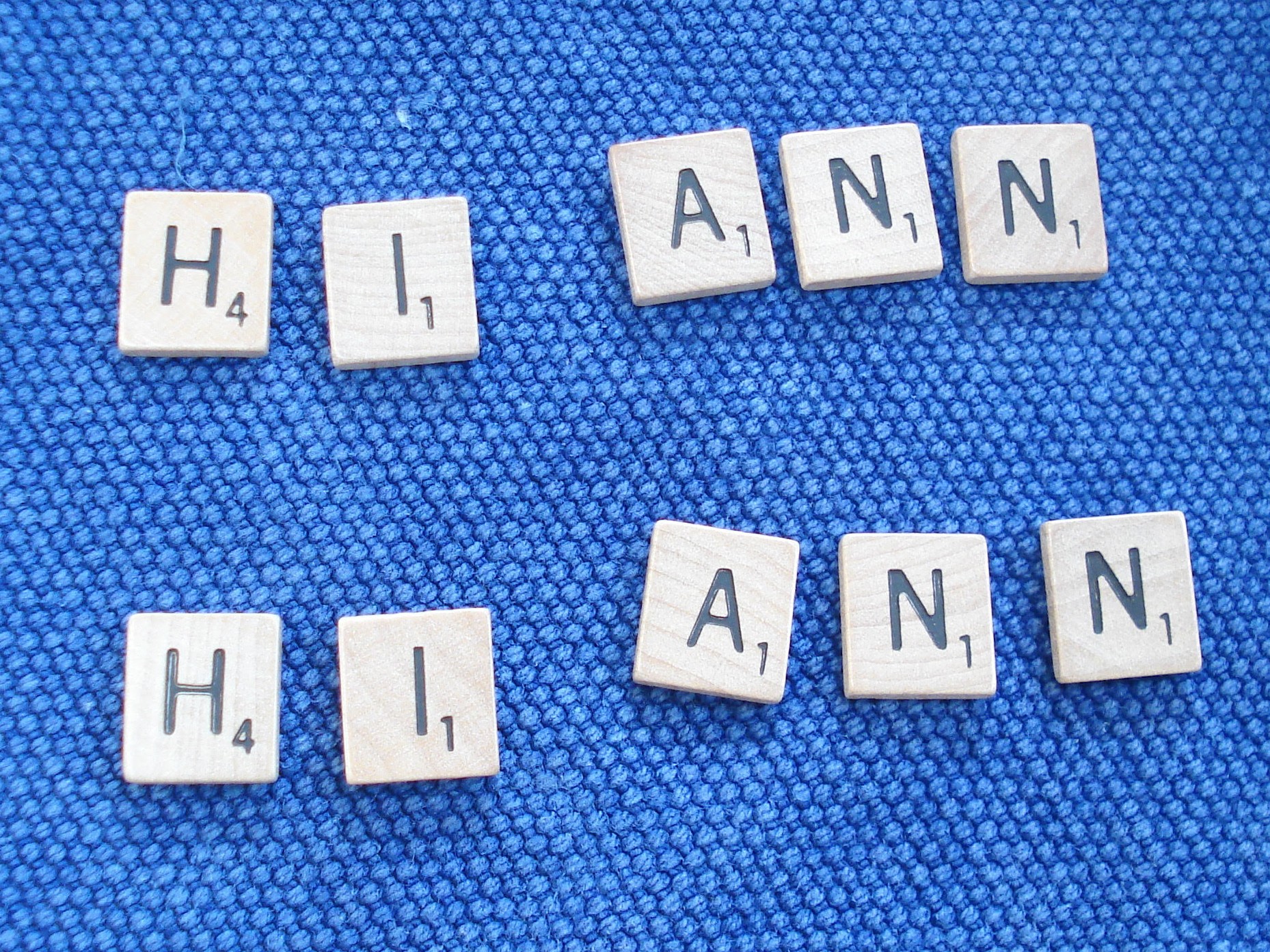 An old friend from Ottawa recently visited me in Vancouver. We hadn’t seen each other in years. “One thing I’ll never forget about you,” said Ann (who is not an editor), “is that you taught me the right way to begin an email. Every time I write ‘Hi comma So-and-So period,’ I think of you.”
An old friend from Ottawa recently visited me in Vancouver. We hadn’t seen each other in years. “One thing I’ll never forget about you,” said Ann (who is not an editor), “is that you taught me the right way to begin an email. Every time I write ‘Hi comma So-and-So period,’ I think of you.”
It’s not the profound reminiscence one might wish for at, say, one’s funeral or anything, but it’s nice to be remembered for something. And when you’re an editor, the something quite likely involves a comma.
I used to begin emails exactly as Ann remembered. It bugged me when people wrote “Hi so-and-so comma” as a salutation. Not one part of that structure is grammatically sound: the interjection “hi” needs a comma after it, and because the whole statement is a sentence, it needs a period at the end, not a comma.
Hi, Ann.
When an email starts with an adjective plus the person’s name, things are different. Then the comma is correct afterwards.
Dear [Esteemed, Beloved] Ann,
For years I felt secure about “Hi comma So-and-So period” and was happy to share the advice with people other than Ann. I shared it with quite a few people. In fact, people are forever coming up to me and saying, “I remember you. You taught me that email thing.”
But then.
Time went on and my email salutation started looking . . . frankly, a little odd. Editors and writers, even teachers of editors and writers, increasingly wrote “Hi Frances,” at the head of their emails. Gradually, I began to feel uncertain, then — much worse — pompous. Whenever I wrote “Hi comma So-and-So period,” it was like showing up in Armani when everyone else was in Old Navy.
I told Ann all of this to prepare her for my admission: I now use “Hi So-and-So comma” sometimes, mainly with correspondents who address me that way. When I can’t bring myself to do that, because I’m writing to someone who might wag a finger at my sloppy punctuation, I skirt the issue in all kinds of ways:
- Hi there, Ann.
- Good morning, Ann.
- Ann, it’s great to hear from you!
- I was wondering, Ann, if . . .
This chat with my friend sent me to Google to see what others are saying nowadays about the email salutation. To my astonishment, given that “Hi comma So-and-So period” is about as rare as the Kirtland’s warbler, that’s the very punctuation recommended by these resources:
On the other hand, The Chicago Manual of Style has basically thrown up its hands: “. . . Use a comma before direct address and choose appropriate punctuation after it. In e-mail greetings, do as you please.”
So has the ever-sane Grammar Girl: “I’m always torn about whether to use the comma. It is correct, but it seems a bit pedantic given the widespread use of the incorrect alternative — especially when you are replying to someone who has already done it the wrong way. Use your own judgment. I usually put it in, but you’ll be in good company if you leave it out.”
How to punctuate an email salutation is a nicety that only grammar geeks would fret over. But fret we do. At least some of us. What about you?
~~~
Previous post from Frances Peck: Introverted Networking: Not an Oxymoron.
The Editors’ Weekly is the official blog of Editors Canada. Contact us.
Discover more from L'HEBDOMADAIRE DES RÉVISEURS
Subscribe to get the latest posts sent to your email.
